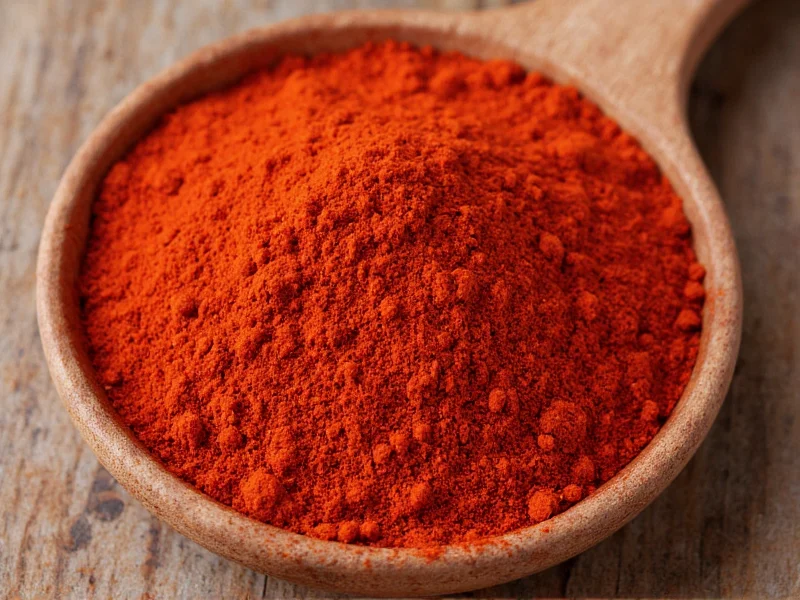When exploring what is pepper spice, it's crucial to recognize there are two completely different botanical families producing what we commonly call "pepper." This confusion dates back to ancient trade routes when European explorers mistakenly labeled New World chili peppers as "pepper" due to their similar pungency to Asian black pepper.
The Two Pepper Families Explained
Many home cooks and even experienced chefs don't realize that pepper spice varieties fall into two separate botanical categories with different chemical properties, flavors, and culinary applications.
True Peppers: The Piperaceae Family
True pepper comes exclusively from Piper nigrum, a flowering vine native to South India. What we know as black, white, and green pepper are all processed forms of the same berry:
- Black pepper - Unripe berries dried until they shrivel and turn black
- White pepper - Ripe berries with outer layer removed before drying
- Green pepper - Unripe berries preserved through freeze-drying or brining
Chili Peppers: The Capsicum Family
What many call "peppers"—including bell peppers, jalapeños, and habaneros—belong to the Capsicum genus. These produce capsaicin, the compound responsible for heat, measured on the Scoville scale. Unlike true pepper's piperine-based heat, chili heat affects different receptors and creates a burning sensation that builds over time.
| Pepper Type | Heat Level (Scoville) | Flavor Profile | Common Culinary Uses |
|---|---|---|---|
| Black Pepper | 100-500 SHU | Sharp, woody, floral notes | Finishing meat, sauces, eggs |
| White Pepper | 100-500 SHU | Milder, earthier than black | Cream sauces, light-colored dishes |
| Bell Pepper | 0 SHU | Sweet, vegetal | Stir-fries, salads, stuffed dishes |
| Jalapeño | 2,500-8,000 SHU | Grassy, bright heat | Salsas, nachos, pickled applications |
| Habanero | 100,000-350,000 SHU | Fruity, floral, intense heat | Hot sauces, Caribbean cuisine |
Historical Context of Pepper Spice
The term "pepper" entered European languages through Sanskrit "pippali" (long pepper). When Christopher Columbus reached the Caribbean, he called chili peppers "pimientos" because their heat reminded him of Asian black pepper, which was extremely valuable in medieval Europe—sometimes used as currency.
This historical mix-up created the enduring confusion between different types of pepper spice. In many languages, the distinction remains unclear, though botanical classification has long separated these into completely different plant families.
Culinary Science of Pepper
Understanding what pepper spice really is requires examining its chemical components:
- Piperine - The alkaloid in true pepper responsible for its characteristic heat (different from capsaicin)
- Capsaicin - The compound in chili peppers that creates burning sensation
- Volatile oils - Contribute to aromatic qualities in both pepper types
These compounds interact differently with our taste receptors. Piperine creates a sharp, immediate heat that dissipates quickly, while capsaicin produces a building burn that lingers. This explains why pepper spice varieties require different handling in cooking—adding black pepper late preserves its volatile oils, while chili heat intensifies with cooking time.
Practical Cooking Applications
Knowing what is pepper spice helps you use it effectively:
True Pepper Tips
- Grind black pepper just before use for maximum flavor
- White pepper works better in light-colored sauces where black specks would be visible
- Green peppercorns shine in French sauces and Thai dishes
Chili Pepper Strategies
- Remove seeds and membranes to reduce heat significantly
- Pair sweet peppers with acidic ingredients to balance flavors
- Use dairy products to counteract excessive chili heat
Nutritional Differences
While both provide flavor, pepper spice types offer different nutritional benefits:
- Black pepper contains piperine, which enhances nutrient absorption (particularly turmeric's curcumin)
- Chili peppers are rich in vitamin C and capsaicin, which may boost metabolism
- Bell peppers provide exceptional vitamin C and carotenoids
These differences make each pepper spice variety valuable for specific dietary needs beyond mere flavor enhancement.
Common Misconceptions Clarified
Several myths persist about what pepper spice actually is:
- Myth: All peppers are related botanically
Fact: True pepper (Piper) and chili peppers (Capsicum) evolved heat independently through convergent evolution - Myth: Red pepper and cayenne are the same
Fact: "Red pepper" is ambiguous—it could mean dried chili flakes or ripe bell peppers - Myth: The spicier the pepper, the more flavorful
Fact: Many mild peppers like poblanos offer complex flavors without intense heat
Selecting and Storing Pepper Spice
Proper selection and storage preserves the quality of your pepper spice collection:
- Buy whole peppercorns rather than pre-ground for maximum freshness
- Store dried peppers in airtight containers away from light and moisture
- Fresh chili peppers last 1-2 weeks refrigerated; freeze for longer storage
- True peppercorns maintain quality for 1-2 years when stored properly
Global Pepper Traditions
Cultures worldwide have unique relationships with pepper spice varieties:
- India: Uses both black pepper and chili peppers extensively, with regional variations
- Thailand: Balances multiple pepper types in complex curry pastes
- Mexico: Features native chili varieties in traditional mole sauces
- France: Prefers white pepper in delicate sauces and dishes
Understanding these traditions helps appreciate how different pepper spice applications evolved based on local availability and culinary needs.











 浙公网安备
33010002000092号
浙公网安备
33010002000092号 浙B2-20120091-4
浙B2-20120091-4